“Long ago, the four nations lived together in harmony. Then, everything changed when the Fire Nation attacked. Only the Avatar, master of all four elements, could stop them. But when the world needed him most, he vanished…”
15 years ago, those introductory lines captured the attention of families everywhere, and the story that followed has remained embedded in our hearts ever since. Avatar: The Last Airbender became a worldwide phenomenon, setting the standard for animated television and pushing the boundaries of what’s possible in the process. The beautiful animation, the lore, the music, and lovable characters create an undeniable mixture that is every bit as unique as it is timeless. Now that the series is available Netflix, I’ve been lucky enough to revisit it.
The story of an arrow-headed boy awakening from a hundred-year frozen slumber wouldn’t strike the average viewer as something revolutionary, but Avatar has left a permanent mark on the animated medium. In my personal opinion, the series is Nickelodeon’s crowning achievement. Aang’s story is not only a joy to watch unfold, but it’s one that explores necessary themes and lessons applicable to our own lives, cementing itself as essential viewing for audiences of all ages. Here, I’ll dive into what makes the series so special, and why it remains so beloved to this day.
The Characters

It’s often hard for any show to get the audience to fall in love with its characters from the get-go, but The Last Airbender managed to do it effortlessly. The trio of protagonists was charming, inspiring, and perfectly flawed. Aang, as fun-loving and innocent as he was, had an enormous responsibility thrust upon him that he didn’t ask for. Katara, motherly and kind, found it hard to forgive the Fire Nation for what they had done to her family. Sokka, though intelligent, struggled to overcome his narrow mindedness and preconceived notions of the world and how it worked.
Book 2 introduced us to Toph, whose powerful earth-bending complimented her hardheadedness, and her stubborn attitude made her an easy fan favorite. Team Avatar fought like a family but loved each other just the same. As far as villains go, the sociopathic Azula and tyrannical Firelord Ozai are appropriately terrifying and raise the stakes for our heroes at every turn.
I don’t know what I can say about Zuko and Iroh that hasn’t been said already. Zuko, the Fire Nation’s tortured prince, is a beautifully complex antagonist turned hero that, arguably, has the show’s most compelling arc. Driven by a need to please his sadistic father, Zuko was a complicated soul that gained more and more sympathy from us as the series progressed, as we came to learn just how much of his troubled past had shaped him. The kind-hearted Iroh was the polar opposite of his young nephew. Wise, soft-spoken and calm, Zuko’s elderly mentor was the paternal guide we all wish we had in times of crisis, and a gentle soul with a heart as big as his gut. Even more minor characters such as Jet, Bumi, Suki, and Jeong Jeong are fascinating, and excellently add splashes of diversity to Aang’s vastly populated world.
The World and Mythology

Avatar expertly blended Eastern Asian culture with a deeply rich mythology, creating something that felt wholly original. The harmonious bond between man and nature only scratched the surface as to what was possible in Nick’s mystical world. Spirits, monsters, and creatures of all shapes and sizes roam the four nations, with each land having their own customs, practices, and ways of life. Creators Bryan Konietzko and Michael Dante DiMartino craft a universe that feels alive in every way. Their incredible world-building techniques draw inspiration from generational stories shared throughout the passage of time. Joseph Cambell’s work, specifically “The Hero‘s Journey,” massively influenced the series, just as it inspired Star Wars and Harry Potter years prior.
The elemental aspect of Avatar dates back to the earliest foundations of major Asian religions, such as Hinduism and Buddhism. Both speak of the four elements as essential aspects of existence. In fact, the Air Nomad ritual of finding the next Avatar isn’t unlike the Buddhist method of selecting the Dalai Lama. “The Book of Five Rings,” a series written by Japanese samurai Miyamoto Musashi, details the elements and their relation to the art of battle. It’s this kind of influence that can lead audiences down a rabbit hole of discovery.
For myself, the amalgamation of cultures seen in The Last Airbender has taught me so much about countries and customs that I would be otherwise unfamiliar with. Each city visited throughout the series features marvelous architecture inspired by a wide variety of cultures such as Chinese, Japanese, Mayan, and more. The presence of many spirits and creatures harkens back to religious stories told over countless generations, and it provides Avatar with profound otherworldly quality.
The Animation
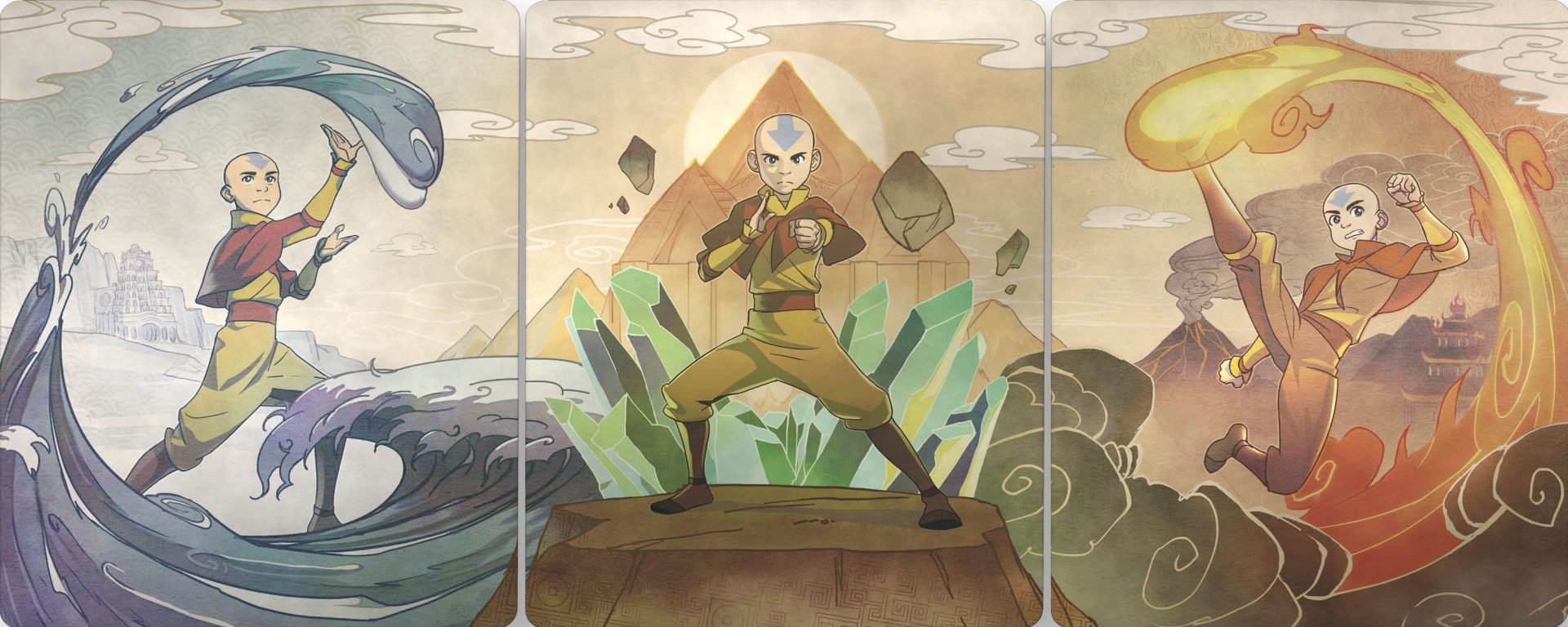
The debate of whether The Last Airbender is an anime or not will continue forever. However, Japanese animation’s influence on the series cannot be ignored. To be specific, Studio Ghibli’s impact on Avatar is abundantly clear. The fluid movements of the characters and the various locations are absolutely gorgeous to look at, not unlike the popular films by legendary director Hayao Miyazaki. Each style of bending utilizes a different form of martial arts, again embracing the Eastern Asian culture embedded in the show’s roots. The choreography is incredibly well done, and each form of bending looks distinct from one another, creating visually striking battle after battle.
READ: 6(ish) Movies That Could Benefit From Being Delayed
Inspiration for Avatar stretches beyond just animation alone. Asian cinema as a whole runs deep in the show’s DNA, particularly Crouching Tiger, Hidden Dragon, and Shaolin Soccer, both having served as a basis for character motion and choreography. These beautiful flowing movements (especially when accompanied by Jeremy Zuckerman’s wonderful score) gift The Last Airbender with an immense cinematic quality that’s difficult to top. The work of acclaimed Japanese filmmaker Akira Kurosawa also serves as the framework for more than a few episodes, “Zuko Alone” being one in particular. Avatar largely pays homage to the art of Asian cinema throughout its entire run and does so with tremendous love and respect. The show’s exceptional attention to detail provided me with an education on the cinema of the eastern world, just as it gave me insight into the rich history of more than a few foreign lands I’ve since come to love.
The Themes
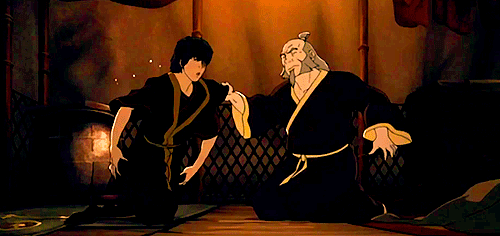
Incredibly realized characters, expert world-building, and gorgeous animation are just a few of the ingredients in Avatar‘s recipe for a timeless story. When it comes down to it, it’s the show’s more intimate moments that allow the series to truly shine, making for some emotionally powerful drama. Aang, Katara, Sokka, Toph, and Zuko face trials and tribulations that we find to be powerfully related to ourselves. Tales of hope, sorrow, loss, and fear permeated throughout the three-season run, and I find myself all the more thankful for it. Not only is the show just downright fun to watch, but we also walk away having learned something valuable. We watched Avatar for the action, but we stayed for the heart.
READ: Strange Adventures #2 Review: “There Will Be a Reckoning”
There are a number of mature themes present in The Last Airbender, namely ones regarding race, sexism, death, childhood trauma, and the horrors of war. It resonates with us because we see so much of our own world within that of the four nations. At its core, Avatar is about taking down a fascist government that is far more concerned with its own glory than protecting its people. The story of Team Avatar never shied away from discussing the more difficult, internal issues we all struggle with on a daily basis, and it never faltered in its efforts to do so. The layered storytelling makes the show more accessible to older audiences, and I found myself following a breadcrumb trail of real-world parallels that went over my head as a child. I’d even say the series is actually more enjoyable as one gets older. Avatar: The Last Airbender isn’t just another kid’s show. It perfectly blends a number of genres and in the process, creates something entirely original that will stand the test of time for generations to come. – Danny O’Brien
What do you think of the legendary animated series? Share your thoughts in the comments below!
Avatar: The Last Airbender is available to stream on Netflix now!
—–
Did you like this article? If so, consider visiting our YouTube channel, where we discuss the latest and greatest in pop culture news.

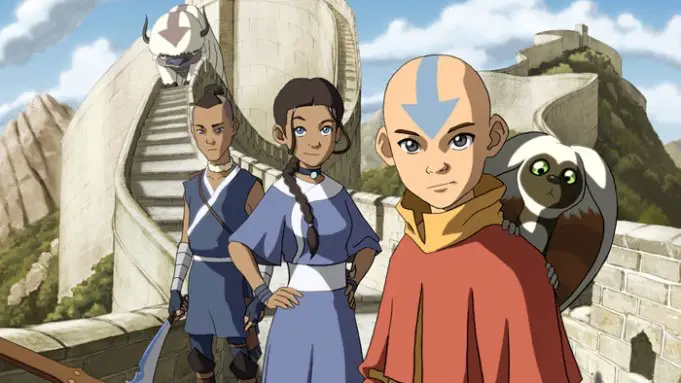
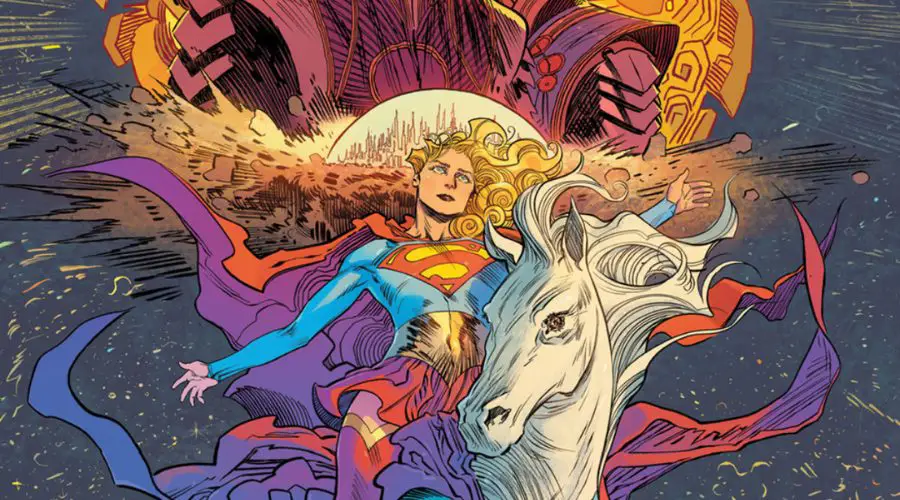
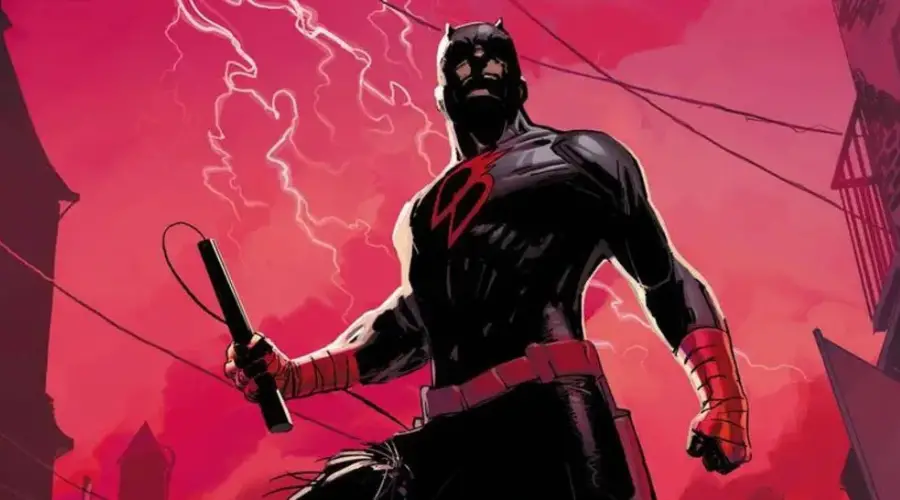

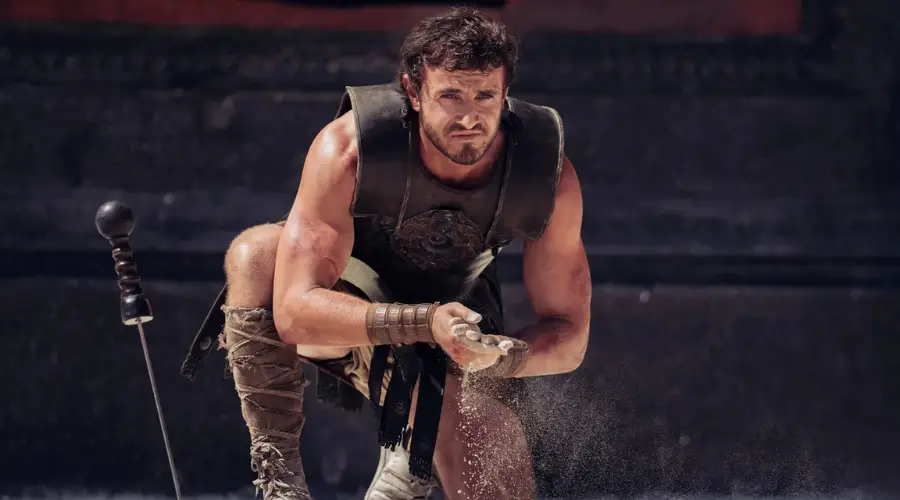
Leave a Comment